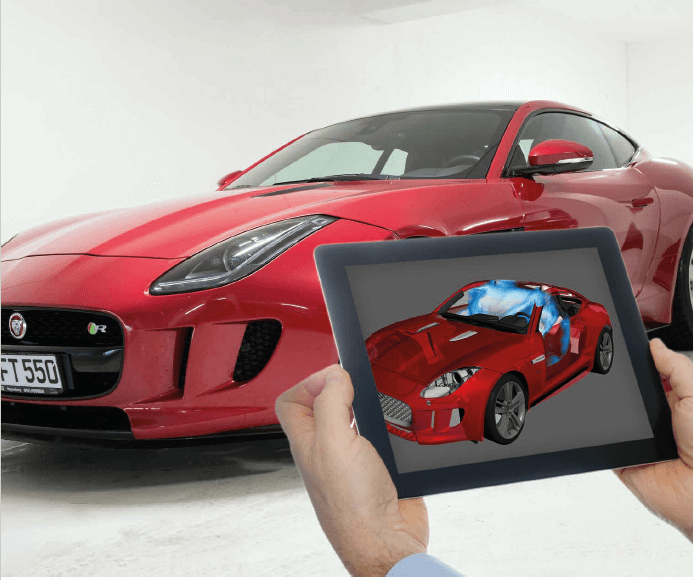
Engineer innovation with CFD-focused multiphysics simulation
9 October 2018
The challenge of engineering
Your business is facing tough competition from all quarters. You need to consider conflicting challenges, such as improving the quality and increasing the range of your products while simultaneously reducing both their cost and time to market. Your customers are demanding smart products that are not only customized to meet their current needs, but will continue to evolve as they use them. The government and other regulatory bodies are passing increasingly stringent legislation that requires your products to be more energy efficient, more environmentally friendly and safer than ever before.
This highly competitive landscape is driving a golden age of innovation in which your products either evolve rapidly to meet the demands of the market, or are replaced by smarter, better, cheaper alternatives from your competitors. The choice is simple, either innovate or stagnate.
As you innovate new, improved products, your design evolves through a large number of incremental changes. You need to be able to predict how these intended improvements influence real world performance, for better or for worse. This is the challenge of engineers today: to efficiently navigate that infinite tree of potential design changes, making those choices that improve the product and rejecting the far more numerous “wrong choices” that would make it worse.
At Jaguar Land Rover, Simcenter™ STAR-CCM+™ is central in the design process of all current and future vehicle programs. Shown here is a cabin comfort analysis of an F-type luxury vehicle from JLR.
“Prototypes at JLR can be very expensive. If we can save a prototype, the software is paying for itself. For systems such as the defrost system, we no longer build any
prototypes apart from the final model. We rely totally on STAR-CCM+ to design the system.” Karamjit Sandhu
Jaguar Land Rover
Simulation is the solution
Engineering simulation allows engineers to see into the future, predicting the consequence of any design change on the real-world performance of their products. Deployed effectively, it can be used to improve your design through multiple iterations, providing data to guide the design process from its earliest stages, through to production and beyond. Engineering simulation offers comprehensive predictions that are more accurate and less expensive than experimental testing.
Beyond that, simulation gives engineers the opportunity to glimpse at “all possible futures,” by exploring the performance of a product over the full range of operating conditions that it is likely to face in its working life, rather than just at a handful of carefully chosen design points. By considering the complete performance of a product, rather than only a handful of worst-case scenarios, engineers can almost always uncover and eliminate multiple inefficiencies. Ultimately, all this results in the delivery of higher quality and more innovative products that better fulfill your customer expectations.
However, not all engineering simulation tools are created equally. In this document, we explore the essential requirements that such a tool must fulfill to add value to the industrial design process.
Thaiversion Please Click